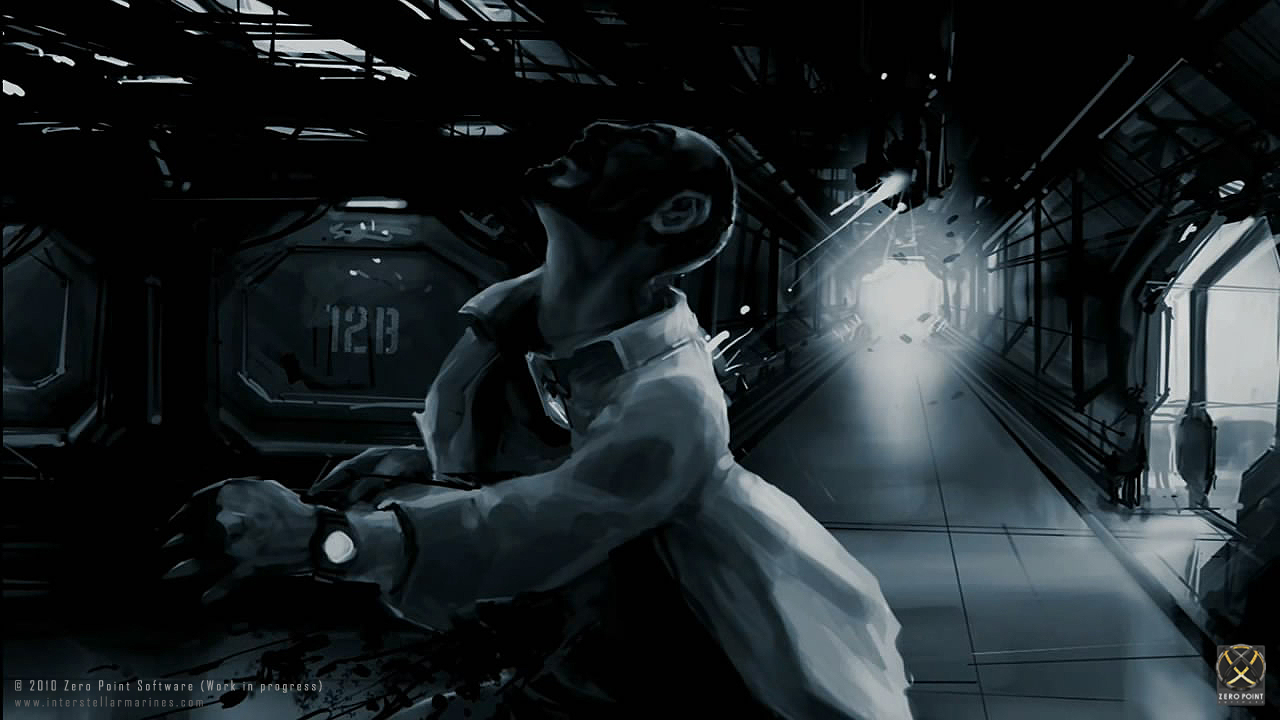Open and view any.vsd &.vsdx files quickly and easily on Mac. Support opening and viewing Visio files with the following file extension.vsd.vdx.vsdx.vst.vtx.vss. View objects' formatting (lines, fill, color, etc.). View objects with tabulated text. To import your Visio® file on Mac, double-click the file in Finder to open OmniGraffle, or drag the Visio® file to the OmniGraffle icon in your dock. On iOS, tap and hold the Visio® attachment in your email or other app to show the Open In popup. Select Open in OmniGraffle to add the file to OmniGraffle’s document picker.
However, Visio Online is definitely not a replacement for Visio on Mac. Microsoft claim that you can edit Visio files in your browser on a Mac but the reality is that Visio Online only allows basic editing and viewing of Visio files and there are many limitations. I have a macbook pro with bootcamp and Windows 7.0. I have Visio installed on the part ion containing Windows. I have 28 files downloaded to the Mac that I can not find when I switch over to windows. Visio® import/export support is a Pro-only feature, so the Standard version of OmniGraffle does not support import or export of Visio® documents. To import your Visio® file on Mac, double-click the file in Finder to open OmniGraffle, or drag the Visio® file to the OmniGraffle icon in your dock.
With Visio, individuals can create exceptional diagrams. Many professionals, including architects, use this software to create outlines with figures before implementing them. However, due to some reasons, you might lose the Visio file, want to recover temporary/unsaved or deleted Visio files. Here are the guides for how to recover them with AutoRecovery and iBeesoft Data Recovery.
Losing a Visio file can be frustrating as it takes time to create. However, rather than start all over, you can recover Visio files seamlessly. So, how do I recover a Visio file? Check out the details below.
Possible Reasons for Visio File Loss
Before going into the details of how to recover temporary Visio files, it’s important to look at some possible factors that may lead to accidental loss of Visio files.
- Deletion by Mistake: Sometimes, you may want to delete unneeded files from your system with a combination of the Shift + Delete keys and you end up deleting important Visio files. This will result in data loss.
- Drive Formatting: if you format the partition that houses the Visio files without taking the right precautionary measures, the Visio files may be lost.
- Unexpected System Shut down: if you experience a sudden power surge and your computer unexpectedly shut down while working on an MS Visio file, you may lose your Visio files.
- Virus Attack: When your system is attacked by a strong virus, it can corrupt the Visio files and case data loss.
Beyond the above, other reasons such as software malfunctioning; operating system crash drive failure; or using defective 3rd-party tools to resize or create partitions can also cause the loss of Visio files.
Thanks to technology, there are solutions to recover Visio files when any of the above circumstances occur. If you have mistakenly deleted an important Visio file or unsave a Visio file, don’t fret. In this post, we’ll share two options of recovering unsaved, deleted, or loss Visio files.
Part 1. How to Recover Temporary/Unsaved Visio Files with AutoRecovery
When you install Microsoft Visio on your computer, the autosave feature is not enabled by default. This means that when you use MS Visio to draw your diagrams and designs, the content of your files and the changes you make are not automatically saved. If you forget to save your Visio file and the file closes suddenly or the application crashes, the data will be lost. To prevent this from happening, it is recommended that you turn on the AutoRecovery feature. If you already lost your file, there’s hope. Follow the steps below to have Visio recover an unsaved file.

How to Enable the AutoRecovery Feature in Microsoft Visio
1. Create a Visio document or open an existing one to access the general interface of the application.
2. Locate the 'File' tab in the opened interface and click on it. Browse through the displayed list and select 'Options'.
3. From the left panel below the 'Save Document' section, locate and check the 'Save AutoRecovery Info Every' checkbox. Provide the interval that you want the AutoRecovery feature to save. When done, click 'Ok' to complete the process.
Steps for How to Recover Unsaved Visio File with AutoRecovery
With your AutoRecovery enabled, it will be easy to recover an unsaved file before the application crashes. When your AutoRecovery is turned on, a file will be created automatically with the base name 'AutoRecover'. The suffix added to the name will depend on the version of your Visio program. For Visio 2002, it will have a file name titled 'AutoRecover.ini' while the 2007 or 2003 version will have 'AutoRecover11.ini'.
If your computer suddenly shuts down before you save your file, the AutoRecovery file saves information about the design files opened while you were working. To recover the unsaved file, follow the simple steps below:
1. Open a new Visio document.
2. The drawing files will automatically pop up and open on your screen. You’ll see that the name has '[Recovered]' added to it.
3. Click on the 'Save' button to save the recovered file and select the folder to save the file.
Part 2. How to Recover Deleted or Lost Visio Files with Utility
iBeesoft Data Recovery is an effective and 100% safe recovery software designed to help you recover files from partition/hard disk, RAW drive, external hard drive, USB drive, and SD card, among others. It’s an effective tool for recovery unsaved, deleted, or lost Visio files on your computer system. It is compatible with Windows and Mac OS, including all their operating systems. Therefore, if you’re looking for how to recover Visio files safely and effectively, this is the perfect tool you need.
Irrespective of the situation, you can trust it for the complete recovery of lost and deleted files on your system. With this software, you can enjoy the following features:
Your Safe & Effective Visio File Recovery Program
- Cutting-edge data recovery tool that supports over 500 file types and 100 devices. Full recovery of deleted Visio files from the system’s hard drive and other storage sources.
- Easy recovery of permanently deleted folders or files from the Recycle Bin
- Two unique scanning modes that enable efficient and effective recovery. A built-in wizard that enables data recovery without any prior experience.
Step-by-Step Guide on how to recover Deleted or Lost Visio Files
Step 1: Choose the file types you want to recover. Note that by default, all file types are checked. However, you can uncheck and remove files you don’t want to recover. Click the 'Start' button to begin the Visio file recovery process.
Step 2: Choose the location to find or scan data. This may be a specified or partitioned location. When you’ve selected the location, the program starts scanning for the lost data. You’ll see the list of items recovered on your screen.
Step 3: Preview the list and recover your lost Visio files. When the 'Finish Quick Scan' ends, you’ll see the scan result displayed at the upper part of your screen. If you need further search, you should use the 'Deep Scan' button.
There you have the detailed processes of how to unsaved/deleted/lost Visio files. AutoRecovery has its limitation because it can only recover files saved in the AutoRecover folder. However, iBeesoft can recover any file as long as it’s on your computer system or any storage devices installed on your computer.
OmniGraffle Professional’s feature set includes support for importing Microsoft® Visio® files, templates, and stencils in the .vsd, .vsdx, .vdx, .vst, .vtx, .vss, and .vsx formats. Support for Visio® 2013 .vsdx documents was introduced in OmniGraffle 6.1 for Mac and OmniGraffle 2.0 for iOS.
OmniGraffle can also export to the Visio® XML document format, .vdx, which can be read by Visio® 2003 and later. Visio® import/export support is a Pro-only feature, so the Standard version of OmniGraffle does not support import or export of Visio® documents.
Read Visio Files On Mac
To import your Visio® file on Mac, double-click the file in Finder to open OmniGraffle, or drag the Visio® file to the OmniGraffle icon in your dock. On iOS, tap and hold the Visio® attachment in your email or other app to show the Open In popup. Select Open in OmniGraffle to add the file to OmniGraffle’s document picker. The first time you save your file after importing, it’ll be converted into OmniGraffle’s native file format.
If you’ve previously purchased the Standard version of OmniGraffle for Mac, you can upgrade to Pro at any time. Direct customers can purchase an upgrade license from our web store, and Mac App Store customers can head over to the menu bar and select OmniGraffle > In-App Purchase… to upgrade.
Edit Visio Files On Mac
OmniGraffle 3 for iOS offers a Pro feature set (including Visio® support) that can be unlocked via an In-App Purchase.
We’re pleased to offer a 14-day fully-featured trial of OmniGraffle for Mac and OmniGraffle for iOS. The absolute best way to determine if OmniGraffle is a good fit for your use is to spend some hands-on time with the app and try out our Visio® support for yourself!
If you’ve arrived at this page because you’re having trouble getting a Visio® file to import, please use the contact info below to get in touch so we can help!
Install Visio On Mac
Last Modified: Jan 29, 2020